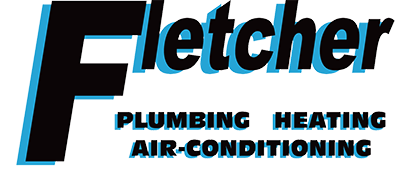
You might not think often about how your air conditioner operates, but it requires refrigerant to keep your home cold. This refrigerant is subject to environmental rules, since it contains chemicals.
Subject to when your air conditioner was installed, it may use R-22, R-410A or R-32 refrigerant. We’ll review the differences and which air conditioner refrigerants are being phased out in Smyrna, as well as how these phaseouts impact you.
What’s R-22 and Why Is It Phased Out?
If your air conditioner was put in before 2010, it possibly uses Freon®. You can learn if your air conditioner has it by reaching us at 302-653-0503. You can also examine the name plate on your air conditioner condenser, which is found outside your home. This sticker will include info on what kind of refrigerant your AC has.
Freon, which is also referred to as R-22, has chlorine. Scientists consider R-22 to be harmful to the earth’s ozone layer and one that results in global warming. The Environmental Protection Agency, which manages refrigerants in the United States, outlawed its production and import in January 2020.
Should I Replace My R-22 Air Conditioner?
It differs. If your air conditioning is running correctly, you can continue to run it. With yearly air conditioner maintenance, you can expect your system to operate around 15–20 years. However, the Department of Energy says that substituting a 10-year-old air conditioner could save you 20–40% on summertime cooling bills!
If you don’t get a new air conditioner, it might lead to a problem if you need air conditioning repair down the road, specifically for refrigerant. Repairs may be more expensive, as only small amounts of recycled and reclaimed R-22 is available.
With the discontinuation of R-22, many new air conditioners now rely on Puron®. Also called R-410A, this refrigerant was created to keep the ozone layer healthy. As it requires a varying pressure level, it isn’t compatible with air conditioners that use R-22 for cooling.
However, Puron still has the possibility to contribute to global warming. As a result, it may also ultimately be discontinued. Although it hasn’t been communicated yet for residential air conditioners, it’s expected sometime this decade.
What Refrigerant Will Take the Place of R-410A?
In preparation of the end, some brands have begun using R-32 in new air conditioners. This refrigerant rates low for global warming likelihood—about one-third less than R-410A. And it also decreases energy consumption by about 10%, according to the Intergovernmental Panel on Climate Change’s Fourth Assessment Report. That’s savings that could be forwarded on to you through your energy costs.
Fletcher Plumbing, Heating & AC Can Provide Support with All Your Air Conditioning Needs
In short, the modifications to air conditioner refrigerant probably won’t concern you greatly until you need repairs. But as we went over earlier, refrigerant repairs might be more costly since there are the low levels available.
Not to mention, your air conditioner typically stops working at the worst time, frequently on the warmest day when we’re experiencing lots of other requests for AC repair.
If your air conditioner uses a discontinued refrigerant or is more than 15 years old, we suggest upgrading to a modern, energy-efficient air conditioner. This delivers a stress-free summer and may even lower your electrical costs, especially if you get an ENERGY STAR®-rated system. Plus, Fletcher Plumbing, Heating & AC provides many financing solutions to make your new air conditioner even more affordable. Contact us at 302-653-0503 to get started now with a free estimate.
